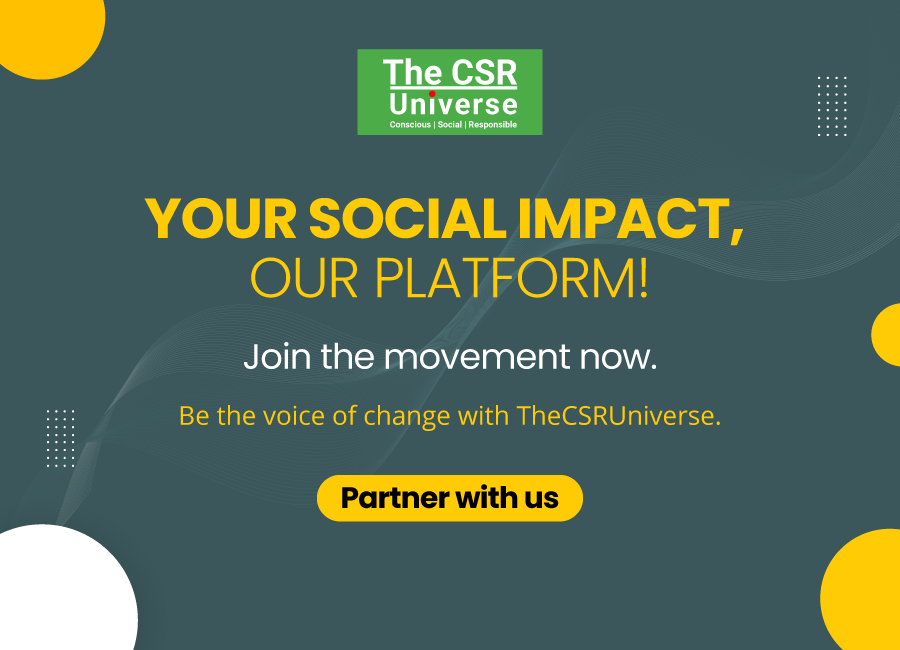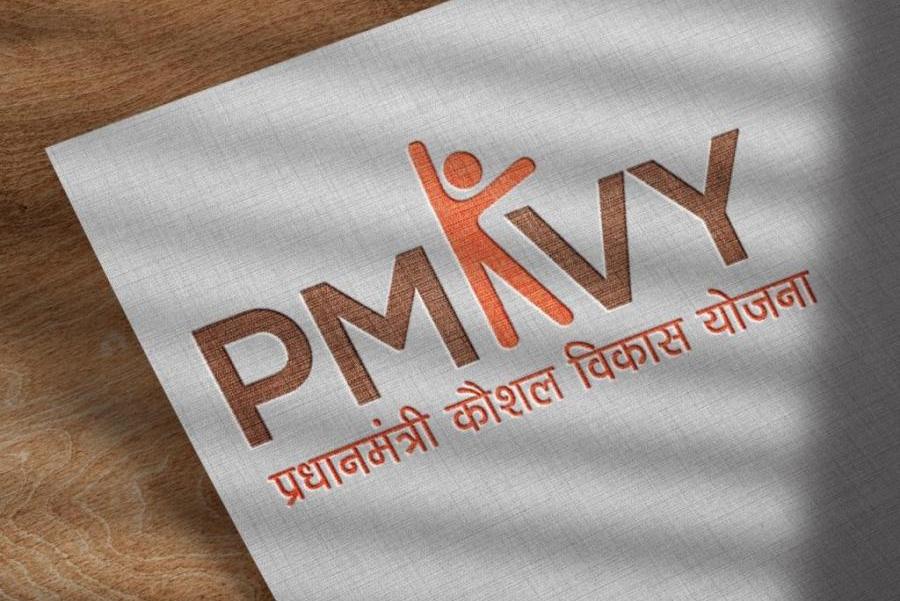 In a world where government campaigns and community initiatives strive to spark meaningful change, pledges have emerged as a powerful tool to inspire commitment and action. From the Swachh Bharat Pledge to the Lifestyle for Environment (LiFE) Pledge, these public declarations of intent have become a cornerstone of India's efforts to address pressing social and environmental challenges. With over 189.4 lakh pledges recorded on government platforms by October 2024, their impact is undeniable. But what makes pledges so effective? What psychological mechanisms drive their success, and how can they be designed to ensure lasting behavioural change?
In a world where government campaigns and community initiatives strive to spark meaningful change, pledges have emerged as a powerful tool to inspire commitment and action. From the Swachh Bharat Pledge to the Lifestyle for Environment (LiFE) Pledge, these public declarations of intent have become a cornerstone of India's efforts to address pressing social and environmental challenges. With over 189.4 lakh pledges recorded on government platforms by October 2024, their impact is undeniable. But what makes pledges so effective? What psychological mechanisms drive their success, and how can they be designed to ensure lasting behavioural change?
In this thought-provoking article, Dr. Pavan Mamidi, Director of the Centre for Social and Behaviour Change (CSBC) at Ashoka University, and Nymphea Noronha, Senior Programme Manager at CSBC, delve into the science behind pledges. Drawing on global and Indian contexts, they unpack the psychological principles—commitment, cognitive dissonance, and shifts in self-concept—that underpin the power of pledges. The authors also provide actionable strategies to enhance the effectiveness of pledges, offering valuable insights for policymakers, researchers, and organizations seeking to drive impactful behavioural interventions.
 Dr. Mamidi, a pioneering figure in behavioural science, has been instrumental in establishing India’s first Behavioural Insights Unit and advancing research in areas such as health, education, and gender equity. Ms. Noronha, an expert in designing and implementing behavioural interventions, brings a multidisciplinary approach to addressing challenges in nutrition, gender equality, and public health. Together, their expertise offers a fresh perspective on how pledges can transform individual intentions into collective action, creating ripples of change across societies.
Dr. Mamidi, a pioneering figure in behavioural science, has been instrumental in establishing India’s first Behavioural Insights Unit and advancing research in areas such as health, education, and gender equity. Ms. Noronha, an expert in designing and implementing behavioural interventions, brings a multidisciplinary approach to addressing challenges in nutrition, gender equality, and public health. Together, their expertise offers a fresh perspective on how pledges can transform individual intentions into collective action, creating ripples of change across societies.
This article takes a deep dive into the science and application of pledges, exploring their successes, limitations, and potential as a scalable tool for behavioural change. Whether you are a policymaker, academic, or someone curious about the intersection of psychology and social change, this exploration of pledges promises to be both insightful and inspiring.
Cross My Heart and Hope to Try: The Behaviour Science of Pledges
Pledges can be simple, but powerful tools for behavioural change. We encounter them in various settings - schools, organisations, and communities such as the National Pledge, pledges for ethics and integrity by professional cadres such as medical oaths, donation pledges, etc. Pledges are being increasingly leveraged as a policy instrument to promote socially desirable behaviours. The Govt of India has been championing the use of pledges for responsible citizenship promoting initiatives such as the Swachh Bharat Pledge, Human Rights Pledge, AtmaNirbhar Bharat Pledge, Lifestyle for Environment Pledge, Pledge to Stop Food Wastage, etc. At the time of writing this article, the govt’s platform https://pledge.mygov.in/ has recorded over 189.4 lakh pledges taken across diverse areas. With pledges gaining traction as tools for behaviour change, it raises important questions such as how are they different from a mere recitation of words, how effective are they, what are the underlying principles that make them work, and how can they be designed to be more impactful?
Pledges likely evolved from promises, vows, and commitments we make in everyday life. They are a type of ‘commitment device’ - tools used to encourage specific behaviours by voluntarily committing to a course of action, typically linked to some consequences for non-adherence. Commitments made in calm, reflective, ‘cold states’ could safeguard individuals from impulsive decisions in later emotionally, stimulated, ‘hot states’ - think of your morning alarm! There are a couple of psychological processes potentially underlying pledges. In taking a pledge, an individual creates a belief that they are on board with the promised behaviour. They try to align their actions with this belief, since misalignments or ‘cognitive inconsistency’ may lead to discomfort and/or confusion. Pledges could result in a shift in ‘self-concept’ - since individuals view their behaviours as voluntary, they believe their decisions reflect their true motivations and are motivated to perform the new behaviour. Through committing to a course of action, an individual creates ‘strong and accessible attitudes’ and cements their ‘personal norm’, thus motivating them to act accordingly. The norm is strengthened since the commitment is linked to themselves and/or their identity, and their self-image or reputation is now at risk. Furthermore, a public commitment can lead to adherence because of the possible negative social sanctions that would follow from breakingit.
Research has demonstrated the effectiveness of pledges in various contexts. In a recent study by the Centre for Social and Behaviour Change, we observed that pledges were an effective intervention to improve knowledge, attitude, and intentions to adhere to recommended practices of exclusive breastfeeding. In 1991, Geller and Lehman found that ‘promise cards’ signed by drivers increased seat belt use. Pledges have also leveraged moral reasoning to influence the beliefs and behaviours of individuals and groups, for instance, on alcohol consumption (where strong moral pressure was created within self-help groups of workers in the UK), foot-binding (where pledge-association of parents promised not to foot-bind their daughters), female genital mutilation (where local leadership lead collective declarations were taken to abandon the practice). Pledges have also been used to encourage pro-environment behaviour (such as recycling and waste-sorting) and charitable giving.
Despite their simplicity and scalability, pledges may not always be effective. They rely on the ability to change an individual’s beliefs and motivations and on an individual’s, willpower being strong enough to break current habits. Individuals may underestimate the effort and obstacles involved in achieving the goal. Rewards for adherence and punishments for non-adherence may not be sufficient to motivate change. Individuals may rationalise their behaviour or change their beliefs when faced with cognitive dissonance between beliefs and actions. Moreover, pledges are often one-off commitments that may not necessarily promote long-term habit formation. Without systems of accountability in place, individuals are less likely to follow through. Hence, pledges cannot be the only tool to change a behaviour; however, where fitting, they can be leveraged as supplements to other behaviour change techniques.
To enhance the effectiveness of pledges, certain principles can be kept in mind when designing pledges. Target behaviours should be articulated in a specific and actionable manner, since vague versions are weak with loopholes, and impractical ones can lead to frustration and disengagement. It is important to align the pledge with an individual’s intrinsic motivations, to elevate it from a mere utterance to something that is powered by one’s beliefs. Individuals should be convinced of the benefits of the promised course of action, which can be honed through increasing the salience of benefits, correcting misinformation, moral persuasion, reminders of social norms, etc. Identifying key triggers for counter-behaviour, especially in cases where the behaviour is a habitual action can help improve effectiveness. The strength of a pledge can be enhanced through strong incentives or disincentives, and by making the consequences of adherence and non-adherence more salient. Public commitments tend to be more effective than private ones due to the social costs of appearing inconsistent. Exposure to a critical mass of other pledge-makers can also increase commitment - e.g. by involving local leaders or encouraging collective declarations. Repeating pledges can solidify them in an individual’s memory. Emotional cues, such as reiterating one’s identity or personal responsibility, keeping loved ones in mind, and increasing sincerity through gestures such as closing one’s eyes and placing one’s hand on their heart can further increase the sincerity and weight of the commitment.
In conclusion, pledges are a popular and seemingly simple tool for promoting behaviour change, but their effectiveness depends on thoughtful design and implementation. Drawing on psychological mechanisms such as commitment, changes in self-concept, personal norms, and cognitive dissonance, pledges have shown success in influencing behaviour in areas like health and pro-social actions. However, pledges are not a guaranteed solution. When combined with other strategies they can serve as a valuable tool in encouraging positive behaviours in individuals and communities, to create meaningful behaviour change.




 In a world where government campaigns and community initiatives strive to spark meaningful change, pledges have emerged as a powerful tool to inspire commitment and action. From the Swachh Bharat Pledge to the Lifestyle for Environment (LiFE) Pledge, these public declarations of intent have become a cornerstone of India's efforts to address pressing social and environmental challenges. With over 189.4 lakh pledges recorded on government platforms by October 2024, their impact is undeniable. But what makes pledges so effective? What psychological mechanisms drive their success, and how can they be designed to ensure lasting behavioural change?
In a world where government campaigns and community initiatives strive to spark meaningful change, pledges have emerged as a powerful tool to inspire commitment and action. From the Swachh Bharat Pledge to the Lifestyle for Environment (LiFE) Pledge, these public declarations of intent have become a cornerstone of India's efforts to address pressing social and environmental challenges. With over 189.4 lakh pledges recorded on government platforms by October 2024, their impact is undeniable. But what makes pledges so effective? What psychological mechanisms drive their success, and how can they be designed to ensure lasting behavioural change? Dr. Mamidi, a pioneering figure in behavioural science, has been instrumental in establishing India’s first Behavioural Insights Unit and advancing research in areas such as health, education, and gender equity. Ms. Noronha, an expert in designing and implementing behavioural interventions, brings a multidisciplinary approach to addressing challenges in nutrition, gender equality, and public health. Together, their expertise offers a fresh perspective on how pledges can transform individual intentions into collective action, creating ripples of change across societies.
Dr. Mamidi, a pioneering figure in behavioural science, has been instrumental in establishing India’s first Behavioural Insights Unit and advancing research in areas such as health, education, and gender equity. Ms. Noronha, an expert in designing and implementing behavioural interventions, brings a multidisciplinary approach to addressing challenges in nutrition, gender equality, and public health. Together, their expertise offers a fresh perspective on how pledges can transform individual intentions into collective action, creating ripples of change across societies.











.jpg)




